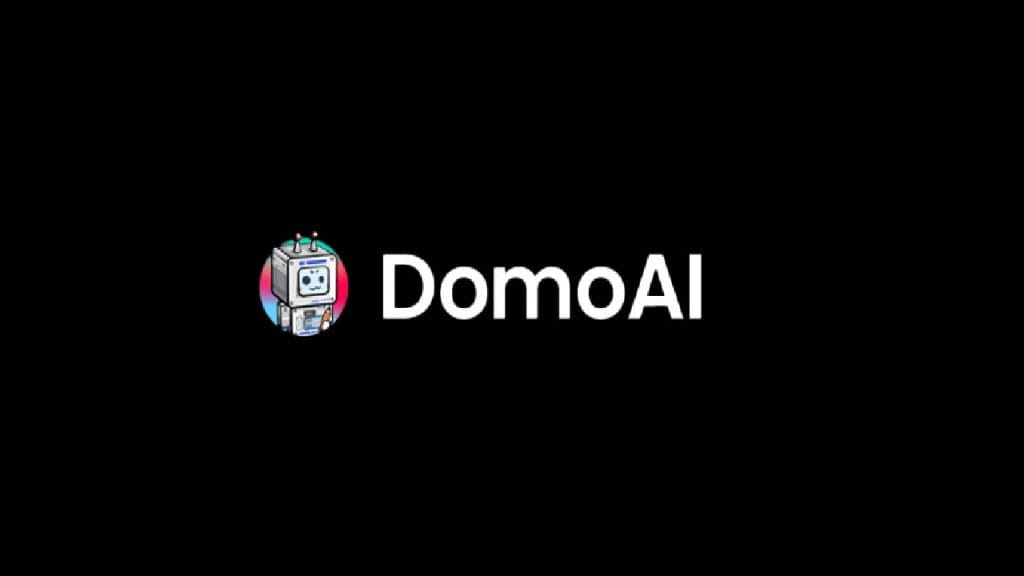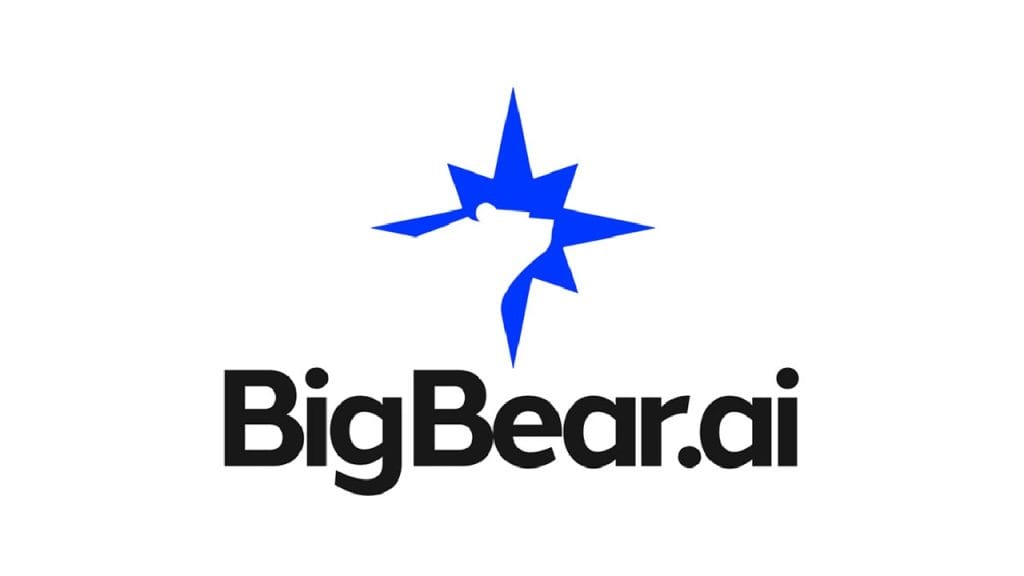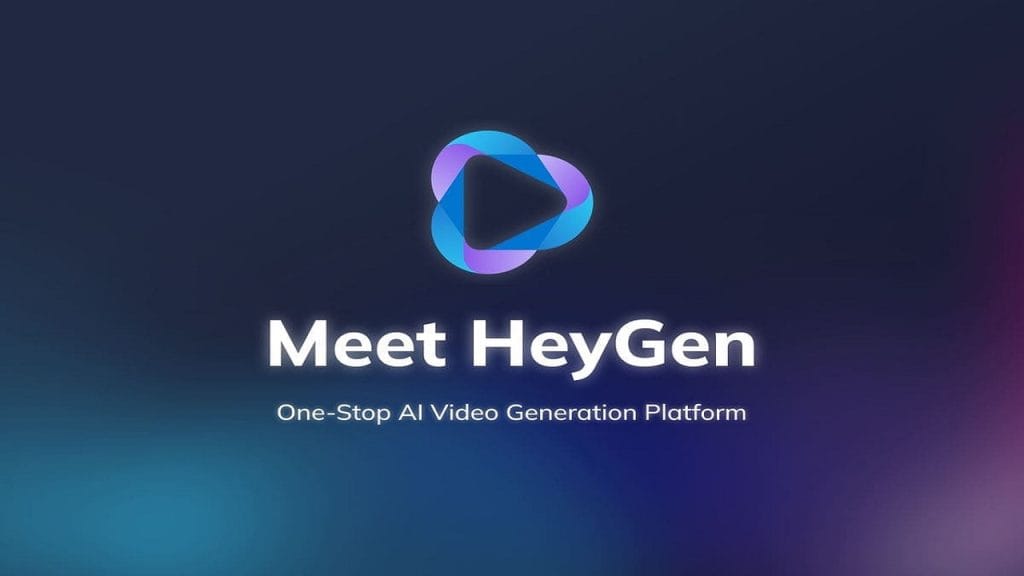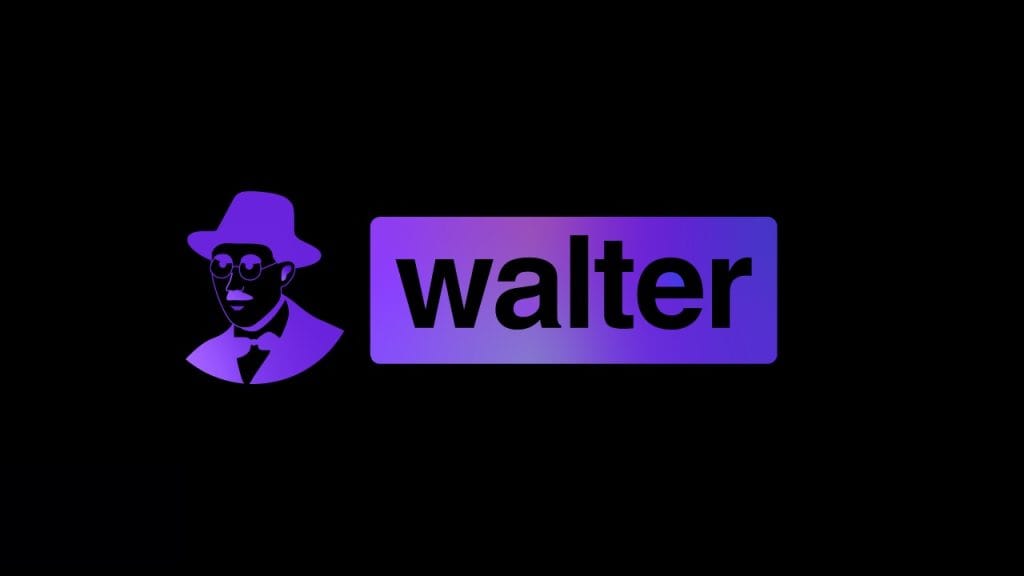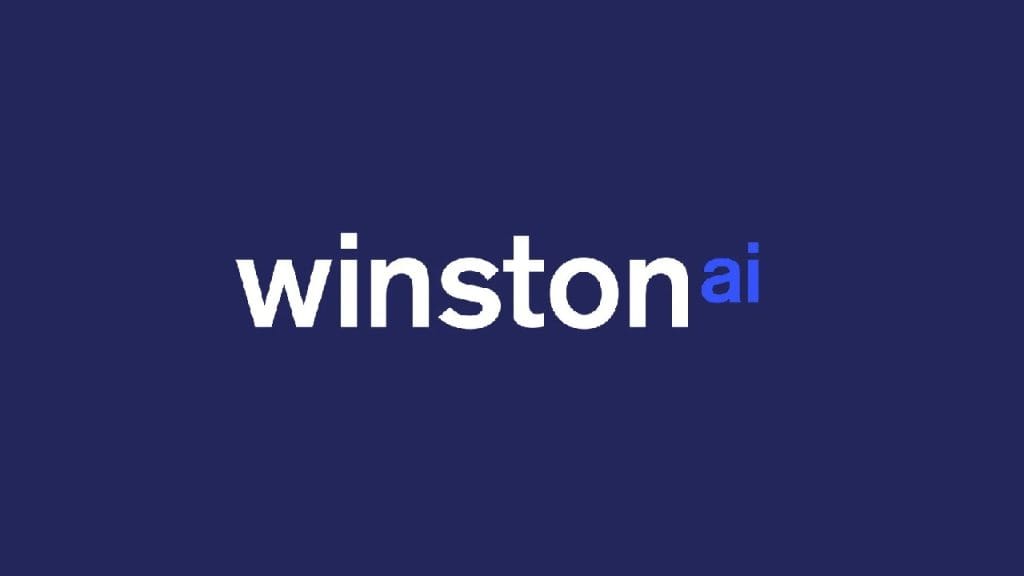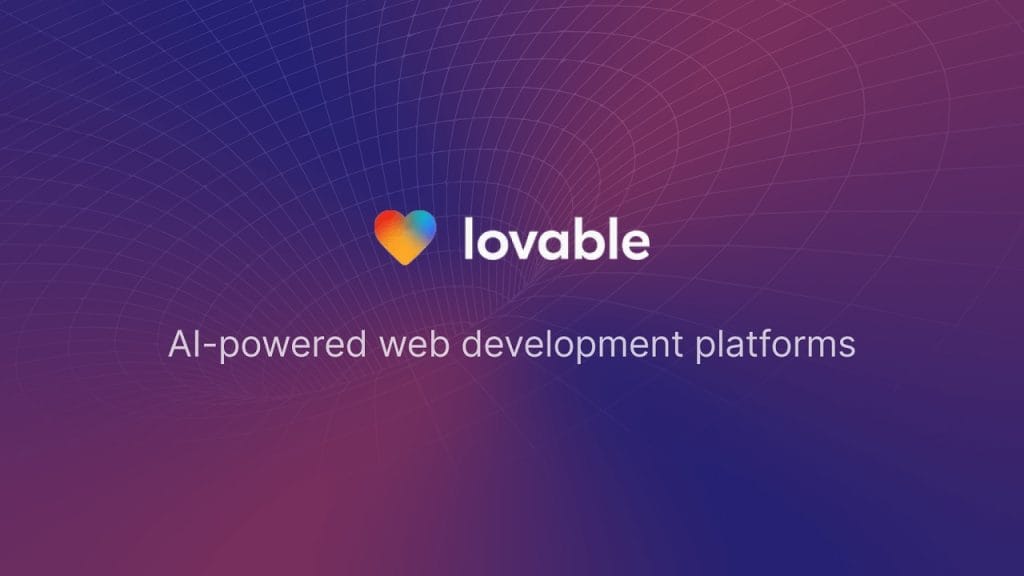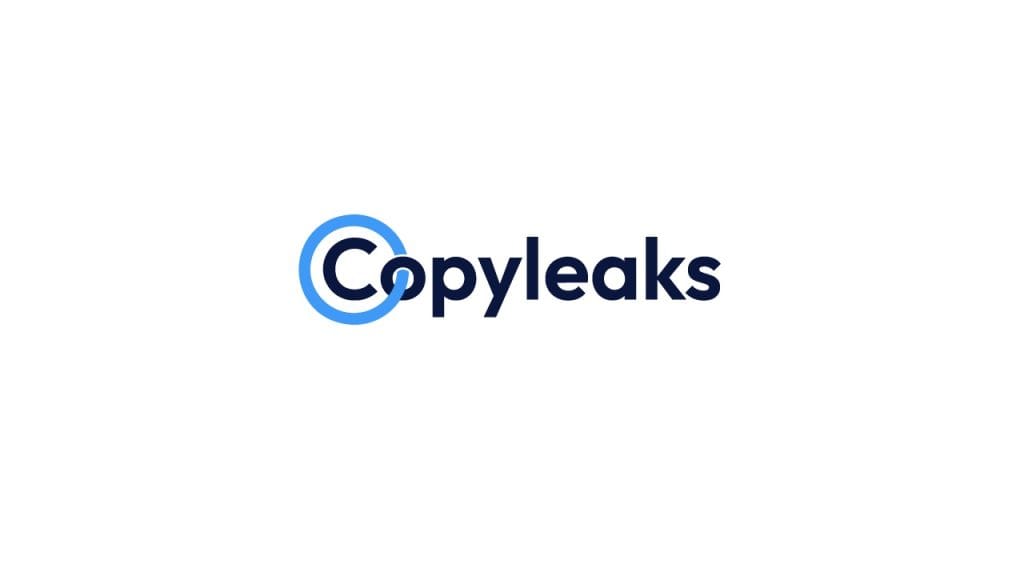
DreamActor-M1
- Verified: Yes
- Categories: AI Animation Generators, Video Generation, Image to Video
- Pricing Model: Free (Open-Source)
- Website: https://grisoon.github.io/DreamActor-M1/
What is DreamActor-M1?
I’ve always been fascinated by how technology can breathe life into static images, and DreamActor-M1 does just that in a way that feels almost magical. Developed by ByteDance, this AI-powered tool is a diffusion transformer-based framework designed to animate human images with incredibly realistic and expressive movements. Whether you’re starting with a single photo or a short clip, it transforms them into dynamic videos that capture subtle facial expressions, head turns, and full-body motions. It’s particularly great for solving problems like creating lifelike animations without needing expensive motion capture equipment or hours of manual editing—perfect for anyone who’s ever struggled to make characters feel alive in their projects.
Key Features
- Hybrid Motion Guidance: This clever system mixes implicit facial representations with 3D head spheres and body skeletons to give you precise control over expressions and poses, making animations feel natural and identity-true.
- Multi-Scale Adaptability: It handles everything from close-up portraits to full-body shots by using a progressive training approach that adapts to different resolutions and scales seamlessly.
- Complementary Appearance Guidance: By pulling in motion from sequential frames and extra visual references, it ensures long-term consistency, especially for parts of the body that might not be visible in the original image.
- Identity Preservation: The tool keeps the subject’s unique features intact, avoiding that creepy “off” look you sometimes get with other animators.
- Temporal Coherence: Animations stay smooth over time, even in complex sequences, thanks to smart integration of references that fill in gaps during movements.
 Pros
Pros
- Exceptional Realism: The level of detail in facial twitches and body flows makes outputs look professional, saving tons of post-production time for creators who want high-quality results without the hassle.
- Versatile Control: You get fine-tuned command over specific elements like smiles or gestures, which is a game-changer for storytelling in videos or presentations.
- Open-Source Accessibility: Being free and available on GitHub means anyone with some tech savvy can experiment, democratizing advanced animation for hobbyists and pros alike.
- Outperforms Competitors: From what I’ve seen in comparisons, it edges out tools like Animate Anyone in expressiveness and handling diverse scenarios, making it a reliable choice for varied projects.
 Cons
Cons
- Technical Setup Required: It’s not plug-and-play; you’ll need to dive into GitHub or Colab, which might intimidate beginners without coding experience.
- Limited to Human Subjects: While amazing for people, it doesn’t extend well to non-human animations, so if you’re into animating animals or objects, you’ll need something else.
- Potential Style Challenges: It shines with realistic styles but can struggle a bit with 2D anime or stylized art, leading to less polished results in those niches.
Who is Using DreamActor-M1?
From what I’ve gathered chatting with creators and browsing online forums, DreamActor-M1 has quickly caught on with folks who need to bring static visuals to life without breaking the bank on fancy gear.
- Primary Users: Content creators, filmmakers, digital marketers, educators, and animators looking for quick, realistic human animations.
- Use Cases:
- Portrait Animation for Social Media: Imagine taking a headshot and turning it into a talking avatar for videos—great for influencers explaining concepts with synced lip movements from audio inputs.
- Full-Body Motion in Film Previews: Filmmakers use it to prototype scenes, animating actors from stills to test poses and expressions before shooting, saving time on storyboarding.
- Educational Content Creation: Teachers animate historical figures from photos to make lessons more engaging, like having a virtual Einstein explain relativity with natural gestures.
Pricing
- Open-Source Plan: Free – Full access to the framework via GitHub, including code, demos, and training strategies for custom use.
- Demo Access: Free – Basic playground trials on associated sites, with no subscription needed but potential limits on processing.
- Enterprise/Custom: Not specified – For advanced integrations, users might need to build on the open-source base or contact ByteDance for tailored solutions. Note: For the most accurate and current pricing details, refer to the official website.
What Makes DreamActor-M1 Unique?
What really sets DreamActor-M1 apart, in my experience exploring similar tools, is its hybrid guidance system that blends multiple control mechanisms in a way others just don’t. While many animation AIs focus on either faces or bodies, this one tackles both with precision, using things like 3D modeling for heads and skeletons for poses to create animations that feel holistic and robust. It’s not just about movement—it’s about preserving the essence of the person, from subtle eye blinks to fluid dance steps, all while adapting to different scales without losing quality. Plus, its focus on long-term coherence means videos don’t glitch out over extended clips, which is a common headache with competitors. In a crowded field of AI animators, DreamActor-M1 stands out for its balance of expressiveness, reliability, and open-source freedom, making it ideal for innovative projects where control and realism are key.
Compatibilities and Integrations
- Adobe Suite: Potential plugin or export compatibility for tools like After Effects, allowing seamless workflow integration for video editing.
- Unity or Unreal Engine: Can be adapted for game development pipelines to animate characters from images.
- Audio Tools like Audacity: Supports lip-sync via audio-driven features, enhancing compatibility with sound editing software.
- Hardware Compatibility: Optimized for Nvidia/AMD GPUs; works well on systems with strong graphics processing, including Apple Silicon via compatible frameworks.
- Standalone Application: Yes (via GitHub setup or demo sites, though it’s more of a framework than a boxed app).
Tutorials and Resources of DreamActor-M1
Getting started with DreamActor-M1 felt a bit daunting at first because of its technical roots, but once I dug in, the resources made it manageable. The official GitHub page is your go-to hub, packed with detailed documentation on setup, from installing dependencies to running the model in Colab notebooks—super helpful if you’re comfortable with Python. They include code examples for basic animations, like uploading a photo and a reference video to generate outputs. For visual learners, the dreamactor.org site has an interactive playground where you can test features without coding, complete with demo videos showing hybrid guidance in action. ByteDance’s blog posts break down advanced stuff, like multi-scale training, with step-by-step guides and comparison charts. Community-wise, Reddit threads and YouTube tutorials (search for “DreamActor-M1 tutorial”) offer user tips on troubleshooting, such as optimizing for full-body shots or integrating audio for lip-sync. If you’re stuck, the arXiv paper linked on GitHub dives deep into the tech, explaining how to tweak parameters for better results. Overall, it’s a solid mix of official docs and user-shared hacks to help you master it quickly.
How We Rated It
Category | Rating |
Accuracy and Reliability |
|
Ease of Use |
|
Functionality and Features |
|
Performance and Speed |
|
Customization and Flexibility |
|
Data Privacy and Security |
|
Support and Resources |
|
Cost-Efficiency |
|
Integration Capabilities |
|
Overall Score |
|
DreamActor-M1 shines as a powerhouse for turning still human images into expressive, realistic animations, with strengths in precise control, scale adaptability, and smooth temporal flow that make it a standout in the AI space. It’s perfect for content creators, filmmakers, and educators who want professional results without hefty costs or complex setups, though beginners might need to climb a small learning curve. Key highlights include its hybrid guidance for identity-preserving motions and open-source nature for endless tinkering—just keep in mind it’s best for human-focused projects and may require some tech know-how to fully unlock.
 Pros
Pros Cons
Cons


